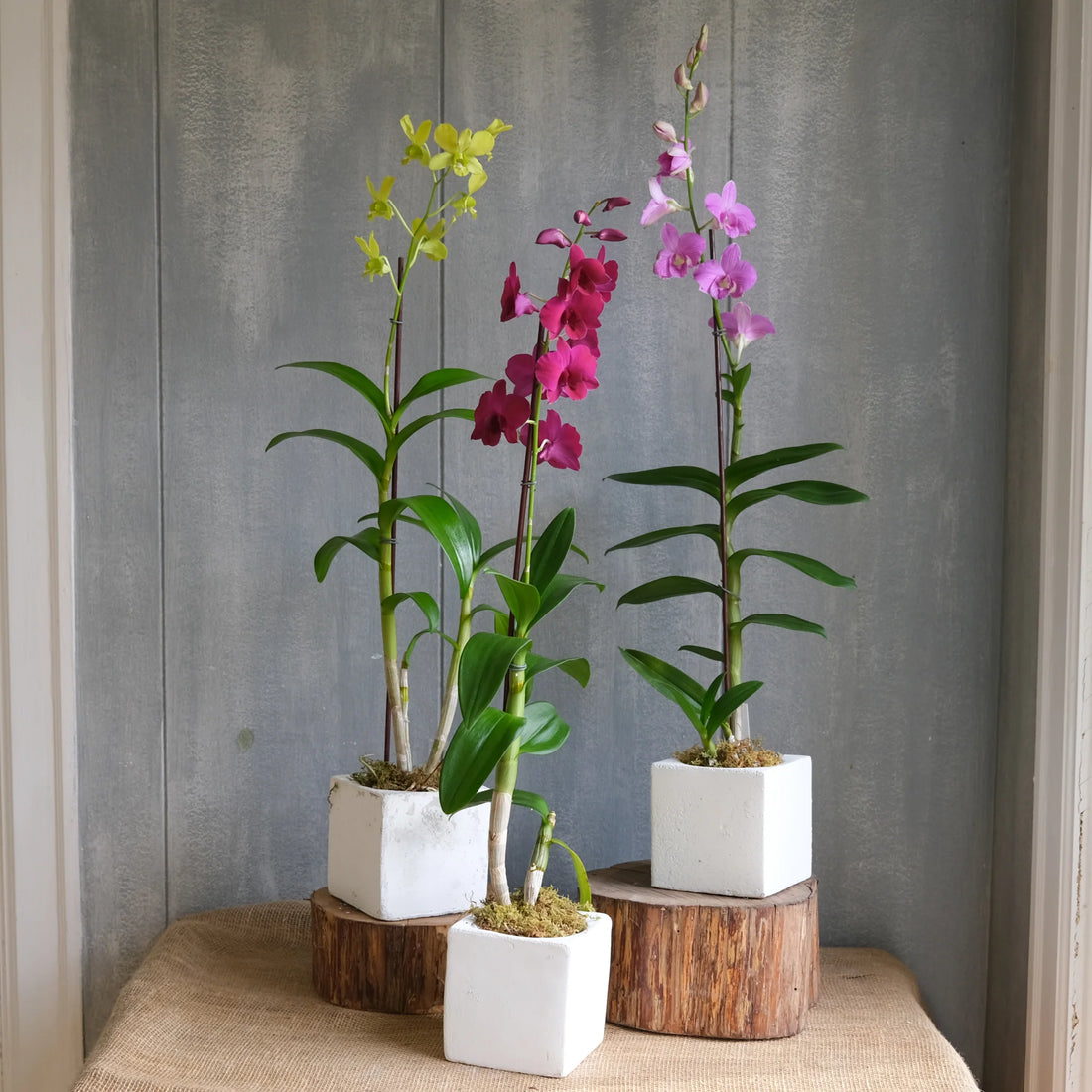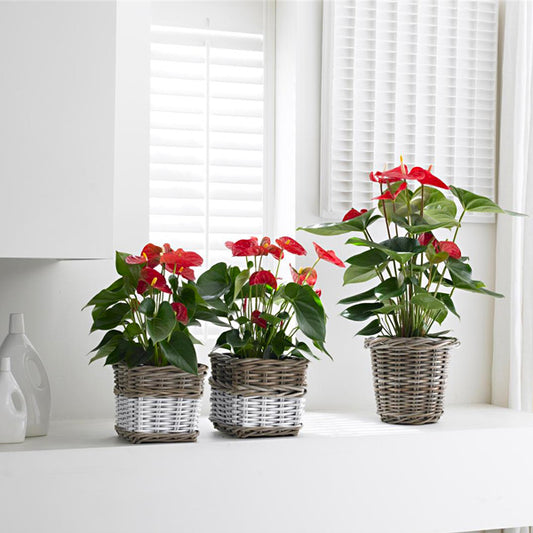Dendrobiums are one of the most popular orchids in the world, with over 1,500 species and countless hybrids. These beautiful plants can be found growing in a wide range of habitats, from the lowland rainforests to the high elevation mountain ranges. In this article, we will provide you with a comprehensive care guide and growing tips for Dendrobium species.
Table of Contents
- Introduction
- General Characteristics of Dendrobium Species
- Light Requirements
- Temperature and Humidity
- Watering and Fertilization
- Potting and Repotting
- Pruning and Propagation
- Common Pests and Diseases
- Frequently Asked Questions (FAQs)
- Conclusion
Introduction
Dendrobiums are tropical epiphytes, meaning that they grow on trees, with their roots exposed to the air. They are known for their vibrant and colourful flowers that bloom in a wide range of shapes, sizes, and colours. Dendrobiums require a specific set of growing conditions to thrive, but with proper care, they can be grown successfully in both indoor and outdoor settings.
General Characteristics of Dendrobium Species
Dendrobium species can be found growing in a wide range of habitats, including lowland rainforests, montane forests, and even deserts. They vary in size, with some species being only a few inches tall, while others can grow up to several feet in height. Dendrobiums are also known for their diverse and colorful flowers, which can range from small and delicate to large and showy.
Light Requirements
Dendrobiums require bright, indirect light to grow and bloom successfully. They should be placed near a south or east-facing window, but protected from direct sunlight, which can burn their leaves. If your orchid is not receiving enough light, you will notice weak growth and a lack of flowers.
Temperature and Humidity
Dendrobiums require warm temperatures and high humidity to thrive. They prefer daytime temperatures between 21-30°C and nighttime temperatures between 15-20°C. They also require humidity levels between 50-70%, which can be achieved by placing them on a humidity tray or by using a humidifier.
Watering and Fertilization
Dendrobiums require regular watering, but they are sensitive to overwatering. They should be watered when the top inch of the potting mix feels dry, and the excess water should be allowed to drain away. Dendrobiums should also be fertilized every two weeks during the growing season using a balanced orchid fertilizer like NPK 19-19-19..
Potting and Repotting
Dendrobiums should be planted in a well-draining potting mix, such as orchid bark or coconut husk. They should be repotted every two to three years, or when the potting mix begins to break down. Repotting should be done in the spring after the plant has finished blooming.
Pruning and Propagation
Dendrobiums require no pruning at all, but dead or damaged leaves and stems should be removed. Dendrobiums can be propagated through division, which should be done during repotting.
Common Pests and Diseases
Dendrobiums are susceptible to a range of pests and diseases, including spider mites, scale insects, and bacterial and fungal infections. Regular inspection and treatment can help prevent and treat these issues. Insecticidal soaps or oils can be used to control pests, while fungicides or bactericides can be used to treat infections. Learn more about Pest and Diseases here.
Frequently Asked Questions (FAQs)
- How often should I water my dendrobium?
- Dendrobiums should be watered when the top inch of the potting mix feels dry.
- What is the best potting mix for dendrobiums?
- Dendrobiums should be planted in a well-draining potting mix, such as orchid bark, sphagnum moss, or coconut coir.
- How often should I fertilize my dendrobium?
- Dendrobiums should be fertilized every two weeks during the growing season using a balanced orchid fertilizer like NPK 19-19-19.
- Can I grow dendrobiums indoors?
- Yes, dendrobiums can be grown successfully indoors if they receive bright, indirect light and warm temperatures.
- How do I propagate my dendrobium?
- Dendrobiums can be propagated through division, which should be done during repotting.


